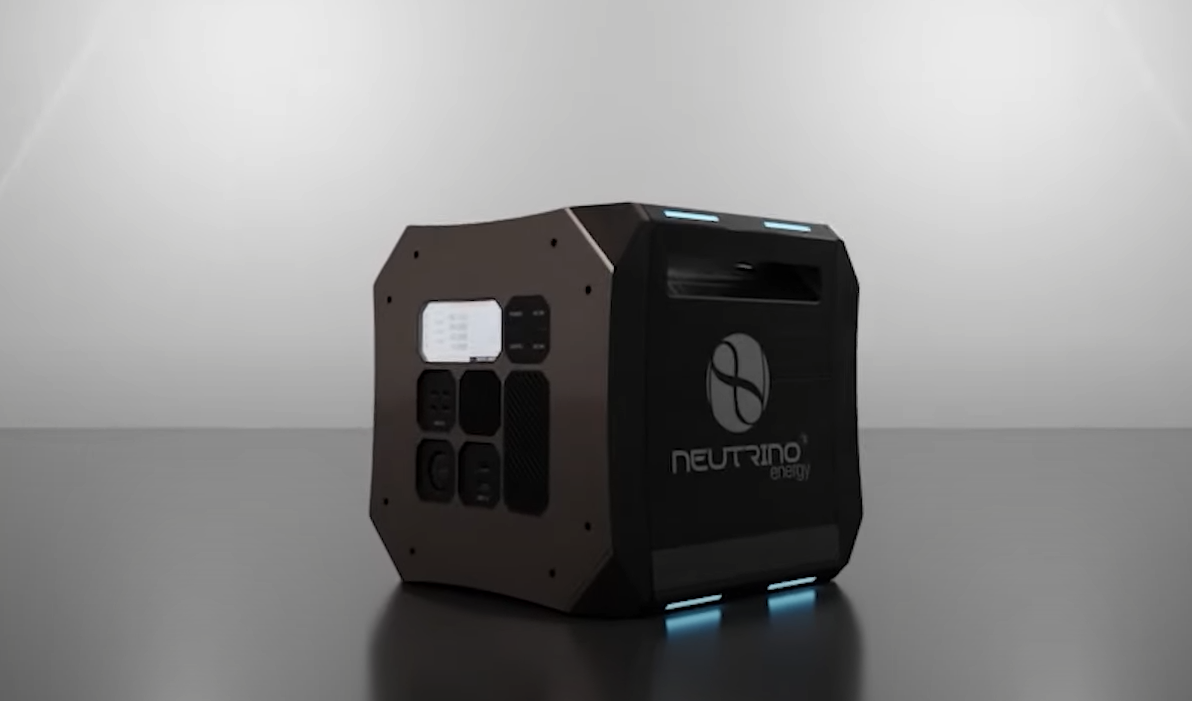|
Getting your Trinity Audio player ready...
|
The greatest difficulties facing the world can be solved intelligently and with shared prosperity thanks to technological advancement. At the same time, its exponential velocity runs the risk of overwhelming current institutions and exposing us to unavoidable threats. This risk is increased by geopolitical conflicts, growing polarization, and an impending climatic disaster. Leaders must act quickly to take advantage of the chance to use technology for good. They should be prepared for the following five developments in the upcoming year.
1. Cyber-resilience and Hyper-connectivity

Globalization is in retreat as a result of economic and geopolitical factors, which are also causing cyberspace to splinter along with rival political factions. The factors of technology development are, nevertheless, pushing for greater connectedness rather than less. The Internet of Things (IoT) will have 15 billion linked devices by the end of the year, and by 2030, that number is predicted to double. The rapid rollout of 5G connectivity in 2023, which will enable devices to communicate more quickly and improve their general performance, will be a key factor driving this development.
The dangers of a collapse due to an accident or an attack are increasing exponentially as a result of our dependence on linked devices and infrastructures. Governments and authorities should intensify their efforts to make sure connected devices adhere to the most recent cybersecurity standards. One example of this is the European Union moving through with its intended EU Cyber-resilience Act and the Biden administration launching a cybersecurity labeling rating scheme for Internet of Things products.
2. Quantum computing

Quantum computing, which employs subatomic particles to produce novel methods of storing and processing data, appears to be the computing technology of the future. Quantum technology, with the potential of running orders of magnitude faster than the greatest computers available today, will aid in the solution of complicated problems in a fraction of the time.
Despite the fact that quantum technology remains in its infancy, massive government and business investment indicates that hardware and software development will likely advance quickly in the upcoming year, and quantum products will certainly start to hit the market. Business and political leaders will intensify their efforts to comprehend and reduce the threats that the technology poses, from impeding current cryptography to changing the nature of conflict.
3. Gene editing

CRISPR-Cas9, the gene-editing technique whose creators were awarded the 2020 Nobel Prize in Chemistry, has primarily been employed as a research tool to comprehend the significance of particular genes and create new medicines. Since the first patient underwent gene-editing treatment three years ago, the technology has been applied to treat conditions such as sickle cell disease, congenital blindness, and heart disease. Early research indicates that diseases like Alzheimer’s and chronic pain may also be treatable with CRISPR, despite the fact that its core use-cases are illnesses with a single gene mutation. In 2023, it’s expected that gene editing will become more prevalent in medicine and other fields, generating a multi-billion dollar industry and creating difficult moral conundrums.
4. Artificial intelligence

By the end of 2022, a new discussion on the advantages and disadvantages of artificial intelligence was sparked by OpenAI’s interactive conversational model Chat GPT, which in just five days attracted more than a million users (AI). The amount spent on AI is expected to surpass $500 billion in 2023, which will lead to substantial advancements in generative and adaptive AI.
Without the need for engineers to completely rebuild the model, adaptive AI can constantly retrain it to learn from new experiences and adapt, producing faster and better results. In generative AI, new things are produced using neural network models. Consumers find text-to-video and text-to-image generators intriguing, but they also raise serious issues about the proliferation of false information, the dangers of hazardous content, the need for copyright laws, and the biases of algorithms. Throughout the next year, this will be under the scrutiny of regulators and online watchdogs.
5. Renewable technology

Renewable energy sources are now more affordable than fossil fuels as a result of the decade’s worth of ongoing technological advancements. Examples of this include the expense of wind and solar power. A $12 trillion worldwide savings is predicted to result from the transition from fossil fuels to renewable energy by 2050. In 2023, governments and major players in the sector are set to put their attention on expanding already-existing green technology and creating new ones. The target of limiting global warming to less than 1.5 degrees Celsius above pre-industrial levels appears to be evaporating, but so do the apocalyptic scenarios that were still thought to be plausible a few years ago.
One of the most promising technologies we can expect progress in is neutrinovoltaic technology, a new clean source of energy which is set to alter the way we think of renewable energy sources. By piling up ultra-thin layers of graphene and silica and sticking them to a metallic substrate, a harmonic resonance can be derived from the mass of passing neutrinos. This kinetic energy can subsequently be converted into electrical energy, which implies that the electronic devices can now be powered with passing neutrinos and other kinds of non-visible radiations.
Though solar and wind energy are both amazing technologies that have been true game changers for the past two decades when it comes to the generation of clean energy, climate change and the current global crisis have made it very difficult for people to invest in them due to the various drawbacks they present; as a result, evolution is required in order to support the energy that is now provided by wind farms, solar arrays, and other sustainable energy projects. And that is where the Neutrino Power Cube comes into play.
Developed by the private science and technology company Neutrino Energy Group, the Neutrino Power Cubes based on their impressive neutrinovoltaic technology are a true game changer. Thanks to the dedication of Neutrino Energy Group’s team of highly driven and inventive energy specialists and scientists from around the world, led by Holger Thorsten Schubart, this innovation has emerged as one of the century’s most significant technological advances. one that can create reliable power day and night, is compact in size, doesn’t use any moving parts, is silent, and doesn’t contribute to environmental degradation regardless of the weather conditions. The Neutrino Power Cube with a net output of 5-6 kW is installed in the form of a cabinet. This is divided into two: one panel for power generation, which houses the power generation modules, and one panel for the installation of a control system.

The Neutrino Power Cube generation room with a net power of 5-6 kW will have a size of 800x400x600 mm and a weight of approx. 50 kg. The control room will house inverters for converting direct current to alternating current with a voltage of 230 V and 400V. The Neutrino Power Cube also has a DC connection for direct connection of the computer and various devices and appliances. Autonomous power sources Neutrino Power Cubes have no rotating parts, so they do not produce noise or harmful radiation that would disturb the comfort of the home. The net power generated by the Neutrino Power Cube depends on the power loss when converting direct current into alternating current with a voltage of 230 V and 400V. A Neutrino Power Cube with a net power of 5-6 kW therefore has a gross power of 7 kW A generator with a net power of 5-6 kW has 6 power generation modules, a generator with a net power of 10-12 kW has 12 power generation modules.
The structural features of the Neutrino Power Cubes make it possible to increase the required power by connecting additional power-generating modules, each of which consists of a set of densely packed metal foil plates with a multilayer nanomaterial applied to one side. A plate measuring 200×300 mm generates a voltage of 1.5 V and a current of 2 A. By applying a multilayer coating to one side of the foil, different poles are created: the coated side forms the positive pole and the uncoated side the negative pole, so that they can be placed on top of each other and pressed to achieve a reliable series connection of the plates. Licensed industrial production of Neutrino Power Cubes will begin in Switzerland in late 2023 -early 2024. The new distributed power generation technology Neutrinovoltaic is not only a solution to economic problems for underdeveloped countries, but the beginning of a global transformation of the energy supply structure worldwide with undoubted environmental benefits for our planet.
Final Thoughts
Things that work in novel ways also break in novel ways. We invented the shipwreck along with the ship. The same may be said for emerging technology, and the implications are tremendous. This should not make us fearful of technical advancement, but rather humble and aware that progress is hard-earned and readily lost. The major task of our time is to accelerate technological transformation and roll out innovative technologies on a large scale to address the world’s most pressing concerns. If we rise to the challenge, we will be rewarded with more wealthy and resilient economies and societies.


